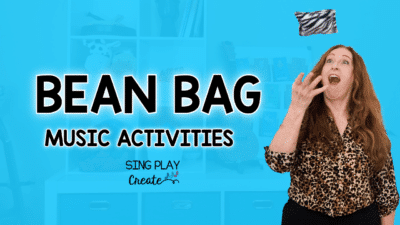

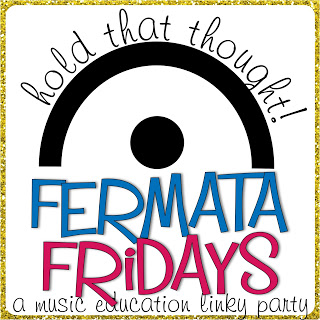
A K-6 General Music teacher is expected to teach students how to sing, but most of us come into the profession because we can sing. So how do we reach students who can’t sing on pitch? How do we get struggling students to sing HIGH and LOW? How do we get them to connect the pitch in their voice to the notes on the page? These are challenges that every music teacher faces and luckily, there are many different strategies and techniques that can help all students and also make it fun!
One thing I think is hard for a lot of teachers is to break down the big goal of singing into little learning experiences. One of my co-workers is a pro at this. She is able to do all kinds of “on the spot” vocal and rhythmic activities that get the kids singing. So, part of the challenge is finding effective activities, and then becoming an expert at implementing them into the curriculum. In light of that challenge, I’ve come up with three things to share that I’ve learned about helping all students sing on pitch.
WARM UPS-Show High and Low or Solfege signs whenever you sing.
My students sing at the beginning of every class. We sing a “Hello” song and then we sing names on sol-mi or mi-do. I ask them to show the pitch for all names. As my students progress through the year I will give them the starting note of a song they know and then ask them to sing it acapella. At the end, I play the starting note to see if they ended on pitch. I also use this song to train their ears. I will have students go to the xylophones and try to play the melody or just play an Ostinato during the song.
ACTIVITIES-Play games and do activities that use the whole body.
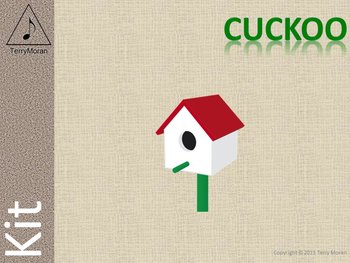
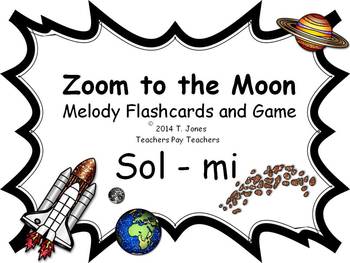
This is my article on “Why the Kodaly Method Works” with some resources you can use.
KODALY HAND SIGN POSTERS FREEBIE

Kodaly Core Curriculum Songs, Games and Activities- Find your local area chapter of Kodaly Educators and take some classes. You will be amazed at how your students respond to your new and fun lessons. Organization of American Kodaly Educators OAKE
SNAIL, SNAIL FREEBIE CORE CURRICULUM SONG FOR “LA”
Most importantly students need…………………………………………………………………………
ENCOURAGEMENT! I tell my students they are SUPER SINGERS! It puts a smile on their face and takes away the FEAR of singing. Envision all of your students singing, Enlighten them with your knowlege and Engage them with activities and learning opportunities to develop into SUPER SINGERS!!!
You can find more of my Kodaly Resources HERE


Hi there! I’m Sandra, one of the authors behind Sing Play Create. My goal is to provide teachers with interactive resources and activities to improve the effectiveness of their teaching and enhance student learning.
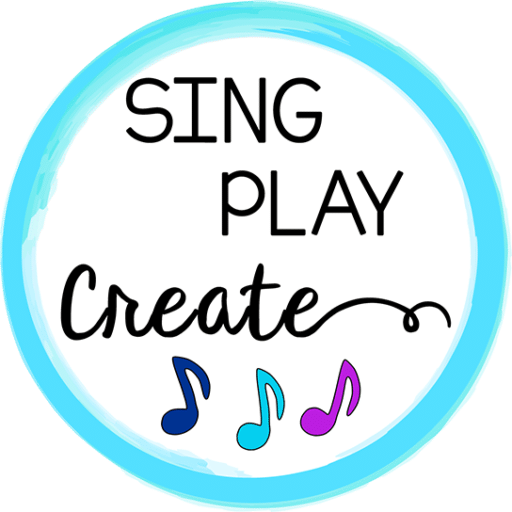
© 2022 Sing Play Create. All Rights Reserved.